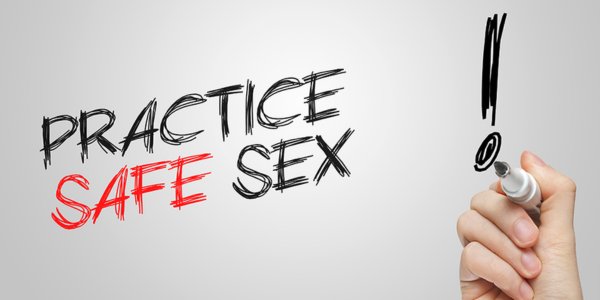Safe Action
Safe Action: Building Trust and Responsibility in Intimacy
Safe action refers to the conscious choices and practices partners make to ensure both physical safety and emotional well-being during sexual activity. It’s not limited to using protection—it’s about communication, consent, hygiene, and mutual respect.
In modern sexual relationships, safe action is essential for creating trust. When both partners understand boundaries and safety, it enhances connection instead of limiting pleasure. Safe action includes the use of condoms, regular STI testing, mutual consent, and aftercare, all of which contribute to a healthy sexual lifestyle.
The Meaning Behind Safe Action
Practicing safe action isn’t just about avoiding risks—it’s about building confidence and connection. When partners feel safe, they can explore intimacy more freely and enjoy deeper satisfaction.
True safety comes from communication and awareness. Discussing preferences, limits, and protection methods before engaging in sex ensures both people are emotionally and physically prepared. The result is a relationship that prioritizes mutual care, respect, and pleasure.
FAQ
What does “safe action” mean in sexual relationships?
Safe action means taking steps to protect both partners’ physical and emotional health during intimacy, including using condoms, maintaining hygiene, and practicing consent.
Why is safe action important?
It prevents sexually transmitted infections, reduces unwanted pregnancies, and promotes trust between partners. It helps create a secure and respectful sexual environment.
How can couples practice safe action effectively?
Open communication is key. Discuss boundaries, use reliable protection, get tested regularly, and ensure both partners are comfortable before and after sex.
Is emotional safety part of safe action?
Yes. Safe action includes emotional security—ensuring both partners feel respected, understood, and free to express desires or discomfort without judgment.
What are common mistakes people make about safe action?
Many assume condoms alone define safety. True safe action involves full communication, consent, and understanding of mutual needs beyond physical protection.
















